Some plants show up looking innocent enough wild, maybe a little scrappy, but kind of charming. You let them be, thinking they’ll add some natural texture or help fill out a bare spot. Fast forward a season or two, and suddenly that “harmless” sprig has taken over half your yard or made weeding feel like a full-time job.
The tricky part is that many of these plants don’t scream trouble right away. Some are even sold in garden centers or passed along by well-meaning neighbors. But once they get comfortable, they spread fast, elbow out other plants, and become nearly impossible to control. Here’s a list of 15 weedy-looking plants that might win you over at first glance, but could leave you wishing you’d never given them a second chance.
Bindweed
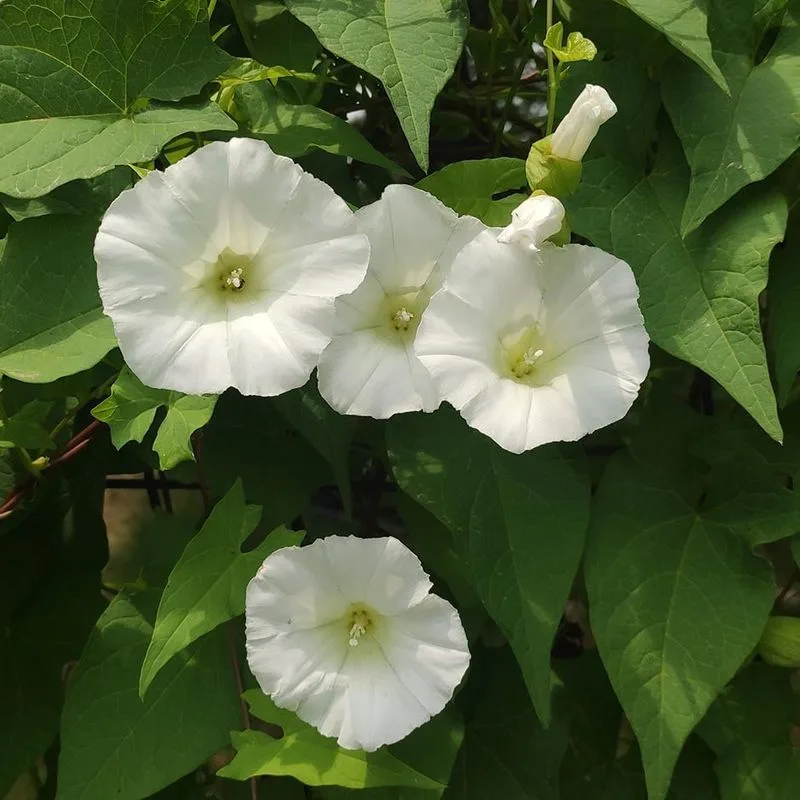
Imagine a vine with the perseverance of a marathon runner. Bindweed’s tenacity is unmatched, wrapping around anything in its path.
Its white, trumpet-shaped flowers might charm the untrained eye, but beneath lies a plant with a mission to dominate.
Once established, it’s a formidable adversary in the garden, often choking its neighbors. It’s crucial to catch it early, or it will become a perennial headache, returning each year with renewed vigor.
Japanese Knotweed
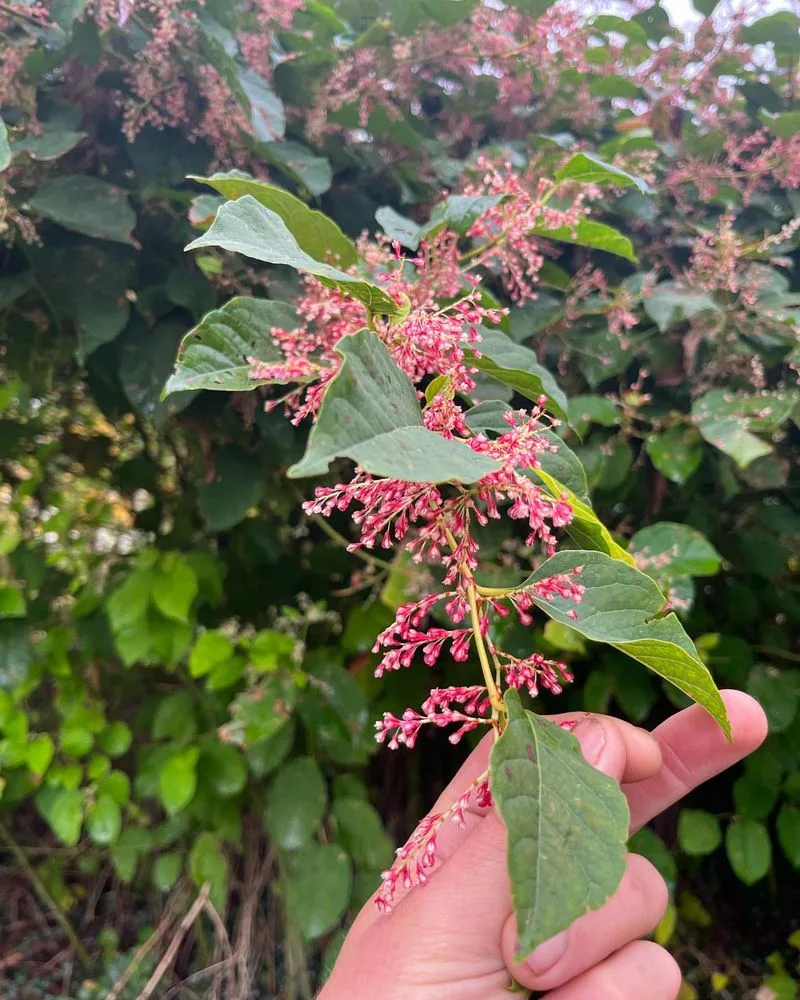
Japanese Knotweed is nature’s jackhammer. With bamboo-like stems, it can break through concrete, wreaking havoc on foundations.
Its rapid growth and resilience make it a formidable foe for gardeners and builders alike.
Once it takes root, removing it is no small feat, often requiring professional intervention. Its presence in the UK has even devalued properties, making it more than just a green nuisance.
Ground Elder
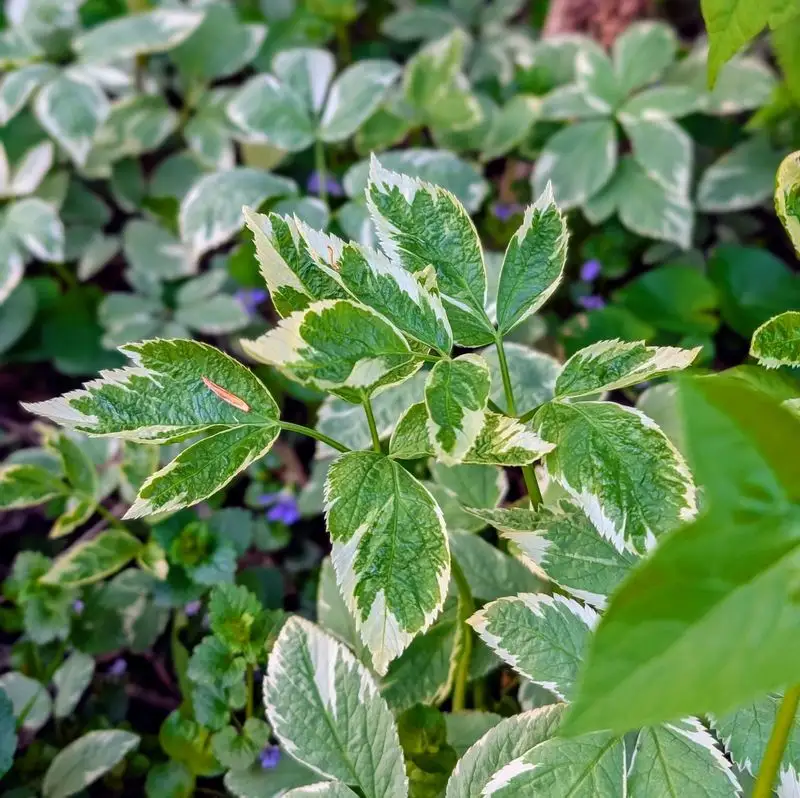
Ground Elder, or goutweed, seems innocent with its delicate white flowers and lush, green leaves.
Yet, it’s a wolf in sheep’s clothing, spreading relentlessly through gardens.
Its rhizomes can travel underground, making it a persistent weed. Left unchecked, it will smother other plants and claim the area as its own.
Horsetail
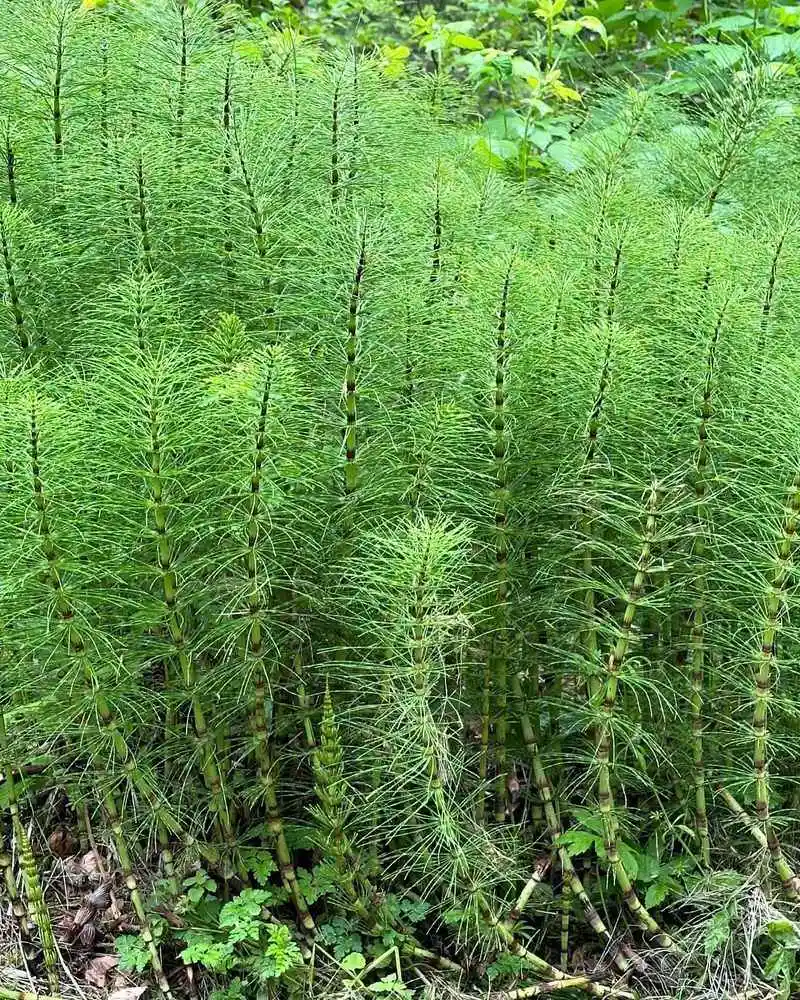
Horsetail is ancient, tracing back to the age of dinosaurs. Its tough, reed-like stems resemble mini bamboo forests.
While fascinating, it can be a gardener’s nightmare, thriving in poor soil where few others dare.
Its deep roots and spores make it difficult to eradicate, often requiring persistent effort to control.
Creeping Charlie
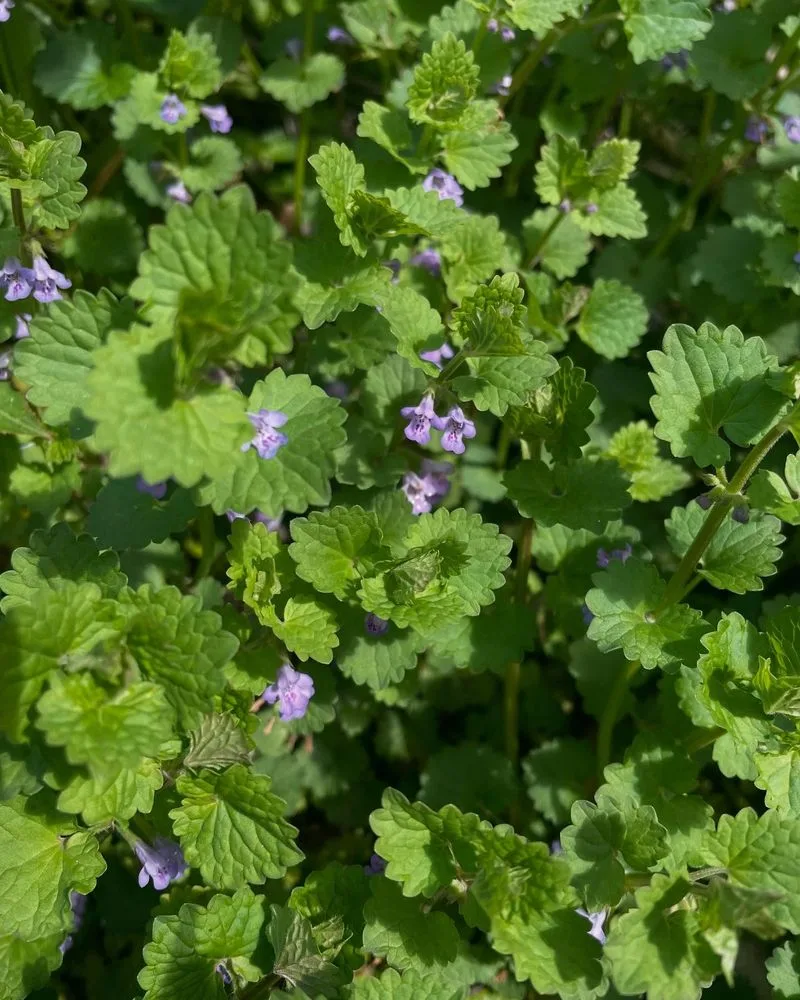
Creeping Charlie, also known as ground ivy, is the quintessential uninvited guest. It creeps across lawns and gardens, forming dense mats.
Its scalloped leaves and small purple flowers might look charming, but it quickly becomes a monoculture.
Getting rid of it is tricky, as it spreads through runners and seeds, requiring diligence to manage.
Canada Thistle
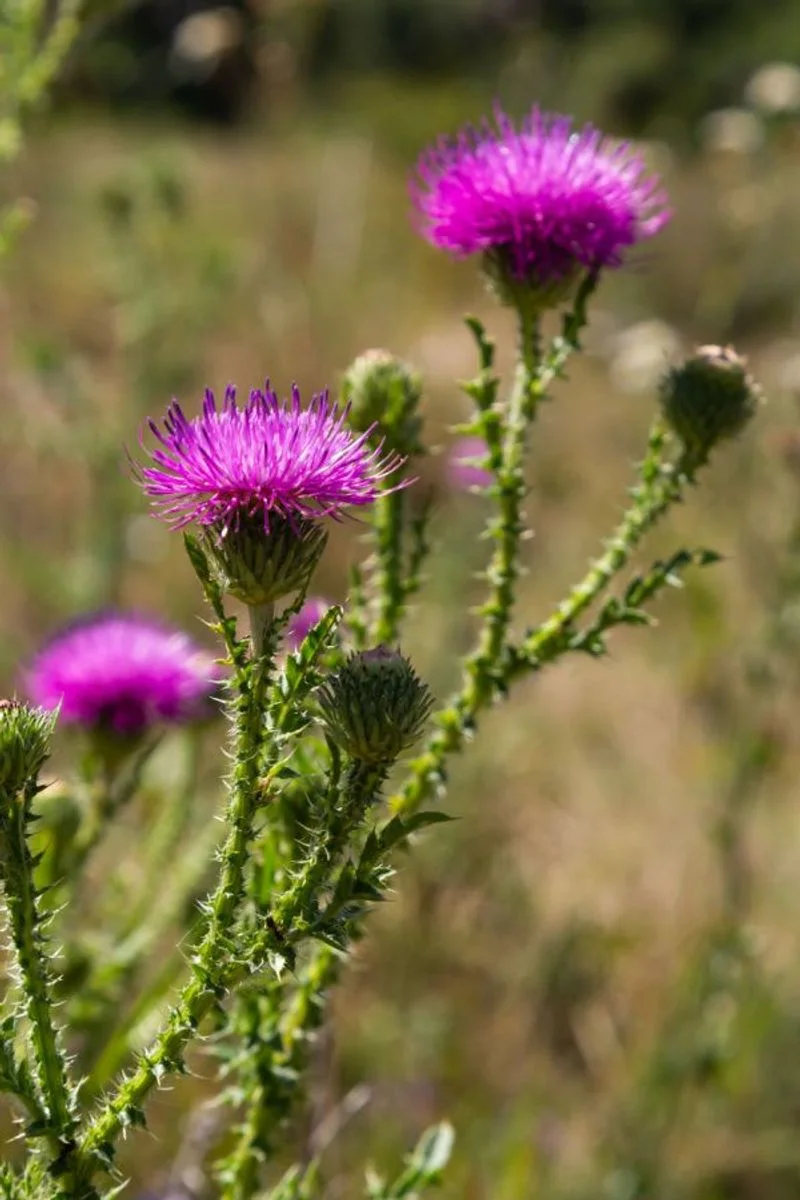
Canada Thistle is a plant with a prickly personality. Its spiny leaves deter grazers and unwary gardeners alike.
Despite its thorns, it boasts pink-purple flowers that lure pollinators.
However, its deep-rooted nature makes it hard to remove, often returning with a vengeance if not fully eradicated.
Giant Hogweed
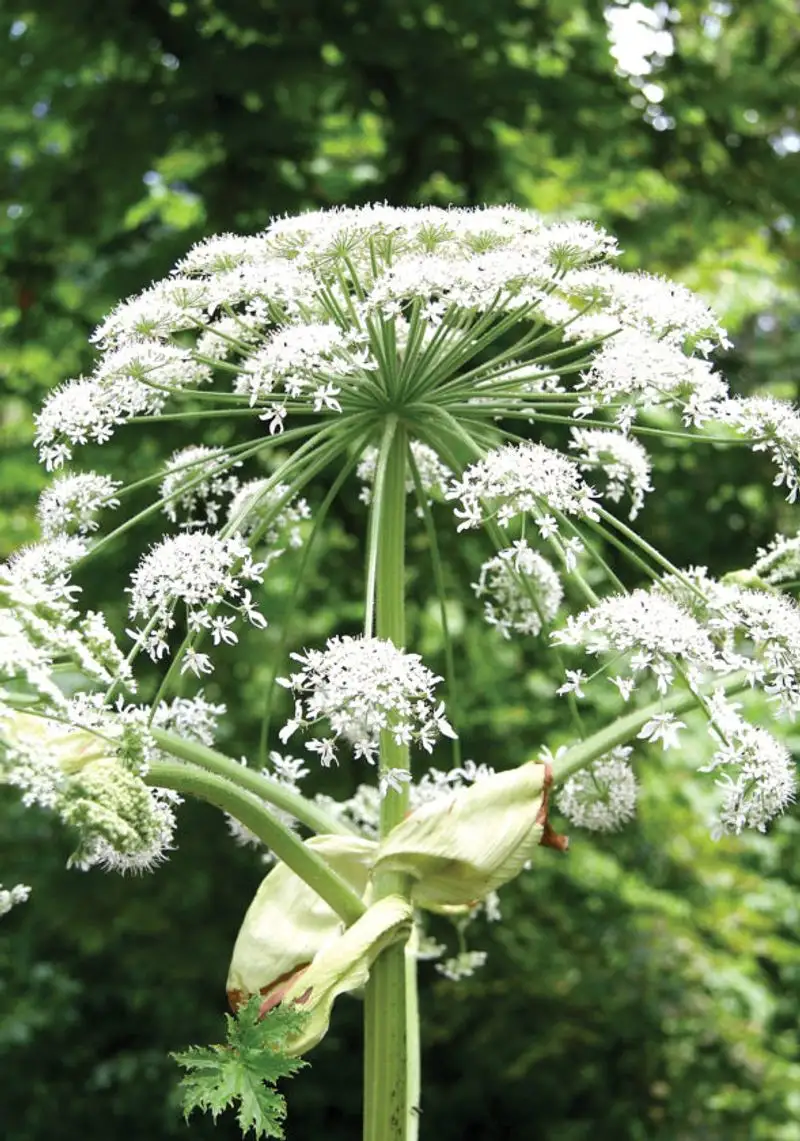
Giant Hogweed is a botanical behemoth. Towering over other plants, it commands attention with its massive leaves and white flower clusters.
But beware, its sap can cause severe skin irritation, leading to painful blisters.
Its invasive nature requires careful handling, as it can outcompete native flora and pose a health risk to humans.
Common Tansy
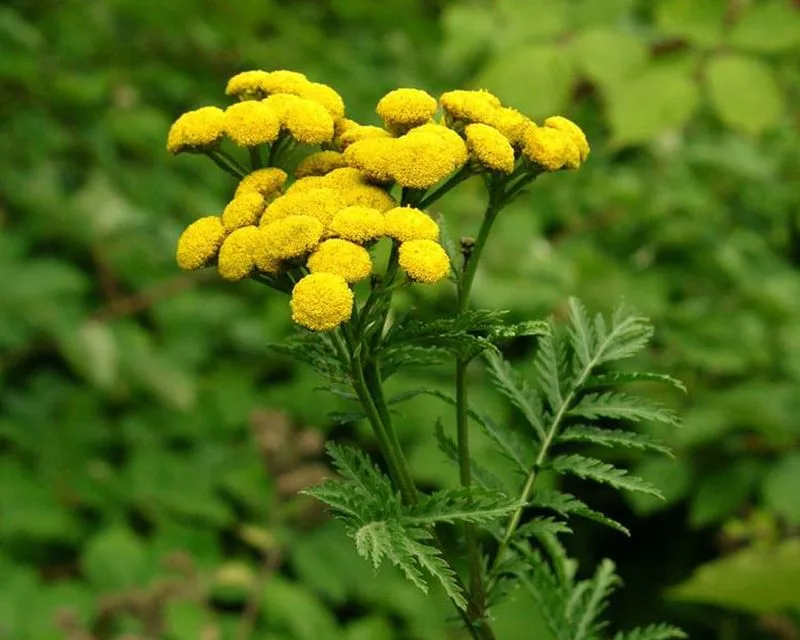
Common Tansy is a cheerful invader. Its bright yellow, button-like flowers can easily fool onlookers into admiring its beauty.
While it adds color to landscapes, its aggressive nature often leads to domination over other plants.
Once established, it can be difficult to dislodge, often requiring repeated efforts to control its spread.
Purple Loosestrife
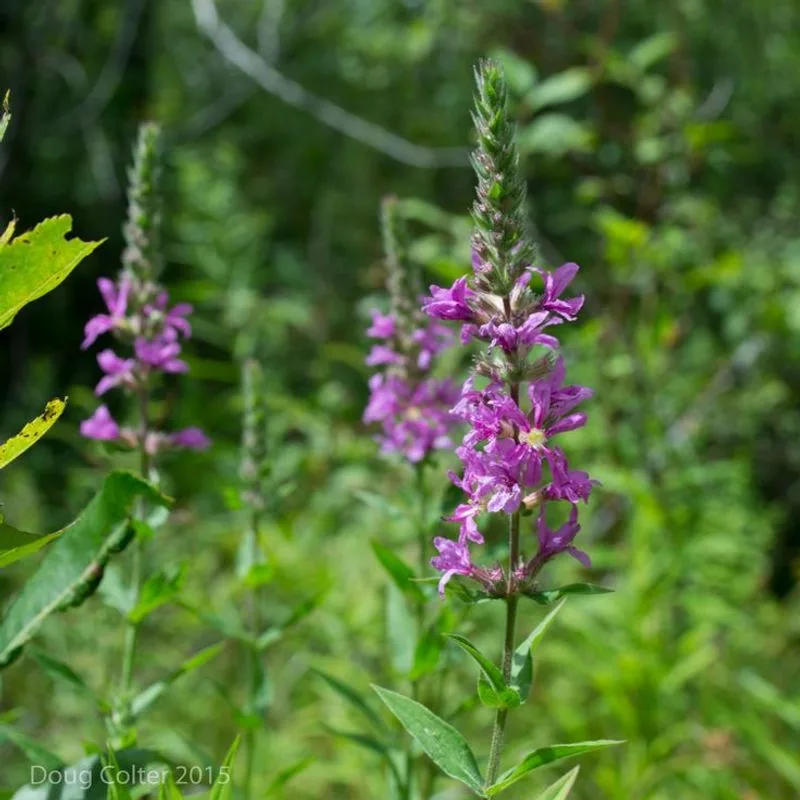
Purple Loosestrife is a visual delight with its vibrant spikes of magenta flowers.
However, in wetlands, it transforms from beauty to beast, outcompeting native species.
Its dense growth can choke waterways and reduce biodiversity, requiring ongoing management to keep it in check.
Ragwort
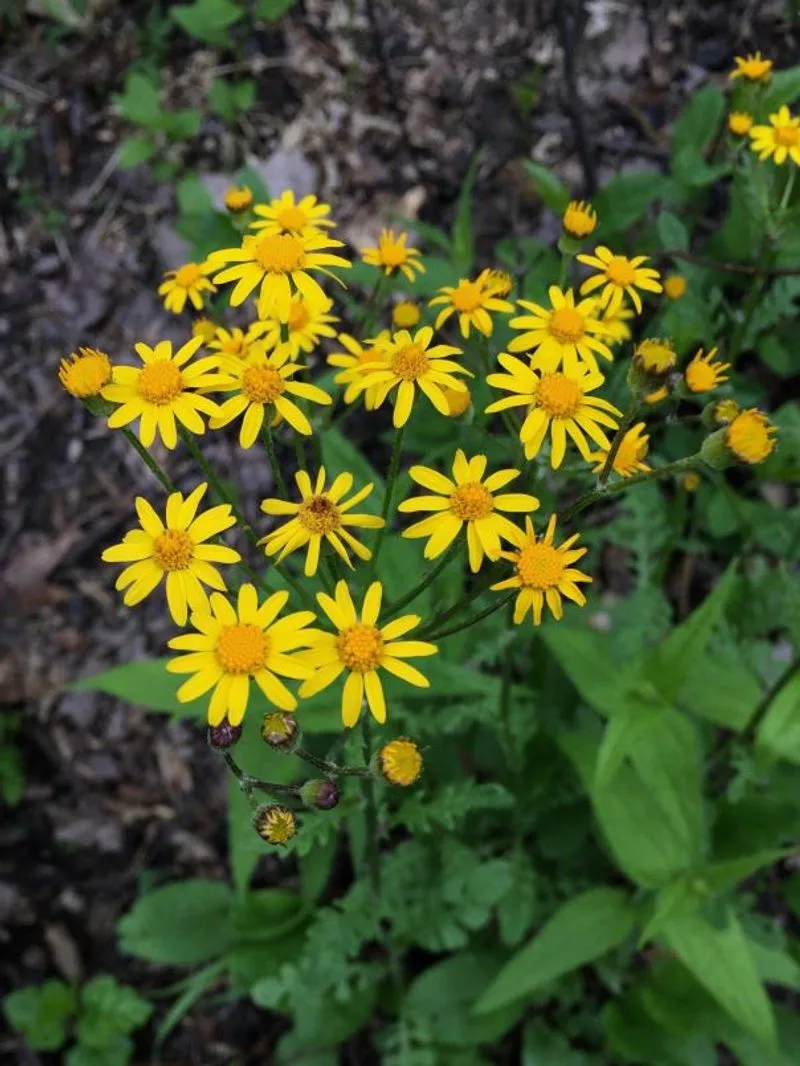
Ragwort is a vibrant rebel with striking yellow flowers. While it adds color to pastures, it’s toxic to livestock, posing a risk to grazers.
Its ability to thrive in poor soil makes it a tough competitor.
Managing its spread is vital to protect animal health and maintain biodiversity in grazing areas.
Yellow Archangel

Yellow Archangel presents a paradox. In the shade, its silver-patterned leaves and yellow flowers seem like a blessing.
Yet, it spreads aggressively, forming dense carpets that smother other plant species.
Once established in woodlands or gardens, it becomes a challenging invader to remove.
Bishop’s Weed
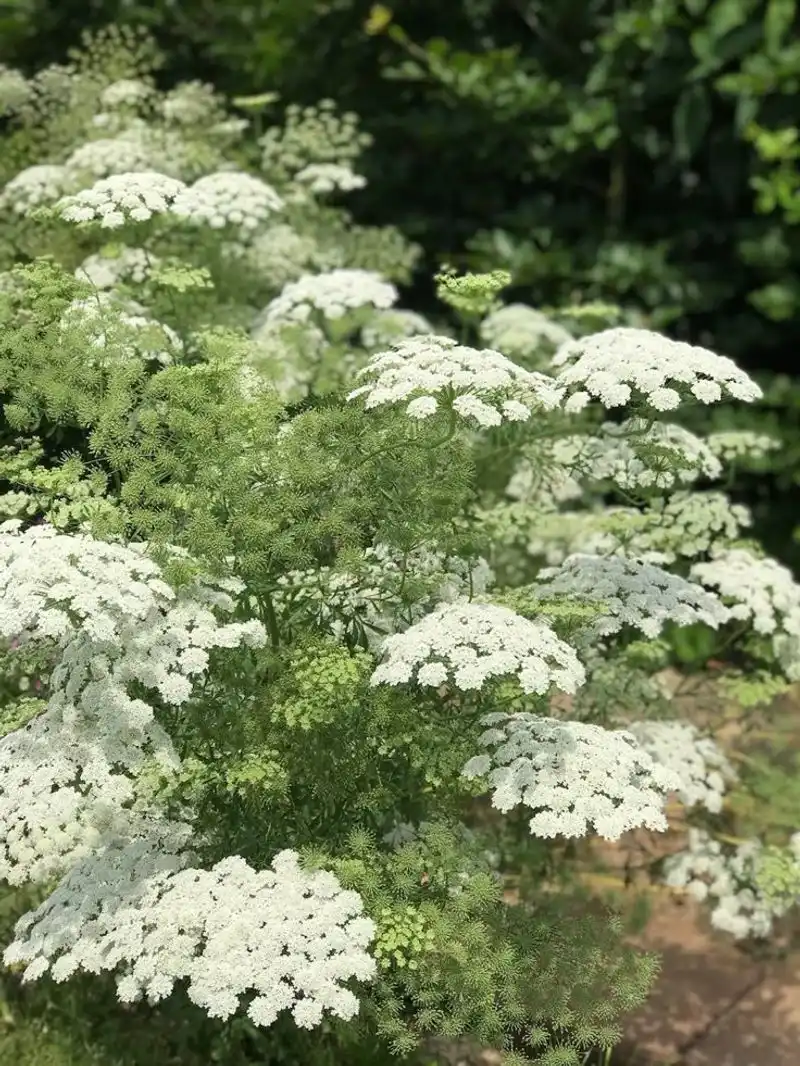
Bishop’s Weed, also known as snow-on-the-mountain, is both enchanting and exasperating.
Its variegated leaves catch the eye, but its invasive nature can quickly lead to garden domination.
Like a relentless conqueror, it spreads through underground rhizomes, making it difficult to control once established.
Garlic Mustard
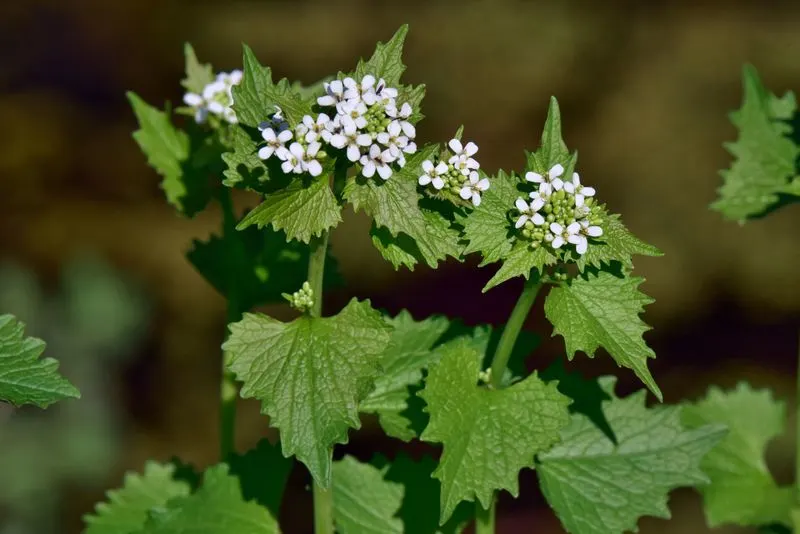
Garlic Mustard is an aromatic invader with a deceptive charm. Its small white flowers and heart-shaped leaves might seem benign, but its rapid spread tells another story.
In woodlands, it can smother native plants, affecting local ecosystems.
Controlling it requires vigilance, as it seeds prolifically, ensuring its continued presence if left unchecked.
Mugwort
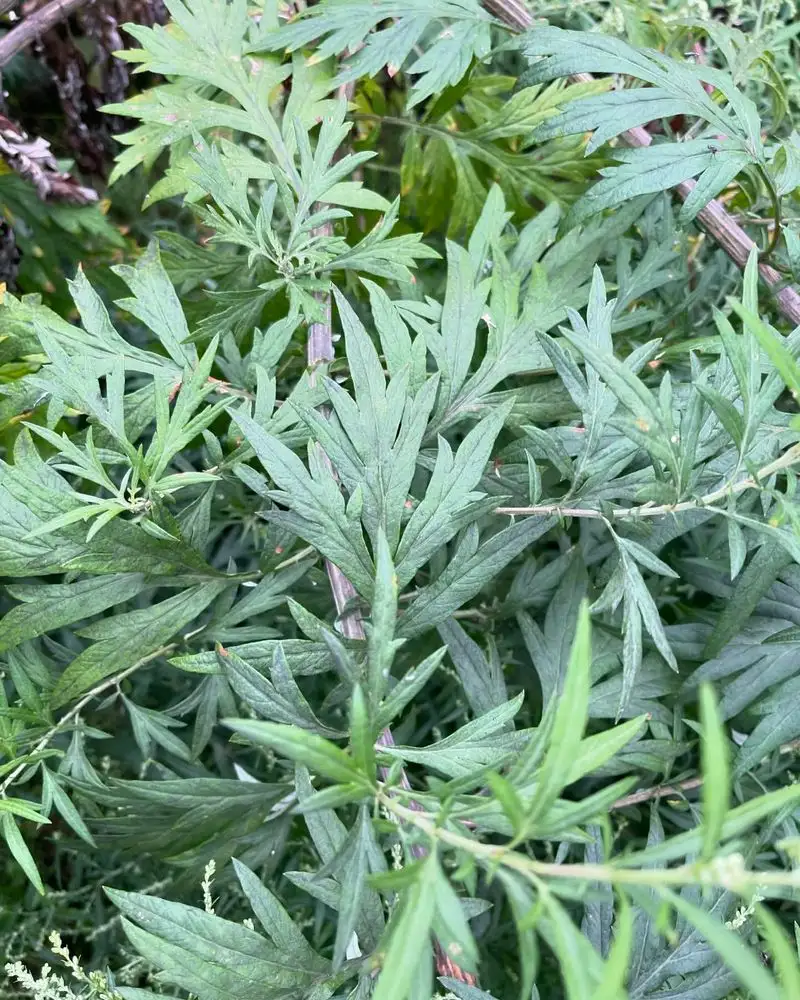
Mugwort stands tall with a resilient spirit. Its bushy growth and silvery-green leaves are hard to ignore along roadsides and disturbed areas.
While it has historical uses in herbalism, in modern landscapes, it’s often seen as a troublesome weed.
Its extensive root system makes it difficult to eradicate, often requiring repeated efforts.
Lamb’s Quarters
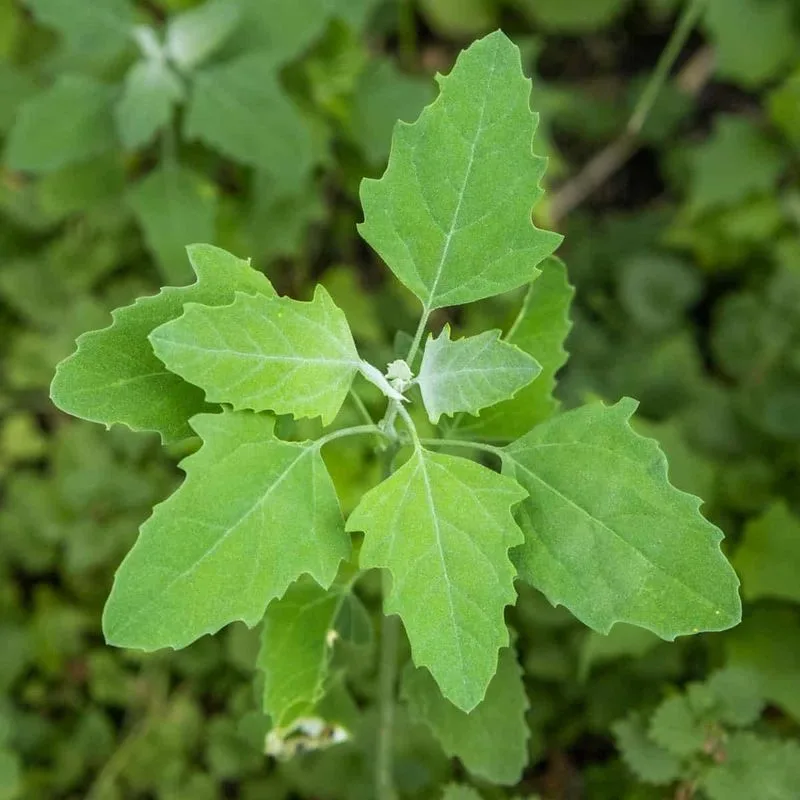
Lamb’s Quarters, also known as wild spinach, is a resilient opportunist. Its dusty green leaves can quickly colonize open soil in gardens and fields.
Once a staple food, today it’s more often considered a pest due to its rapid spread.
Farmers and gardeners alike must stay vigilant to prevent it from overtaking cultivated spaces.

